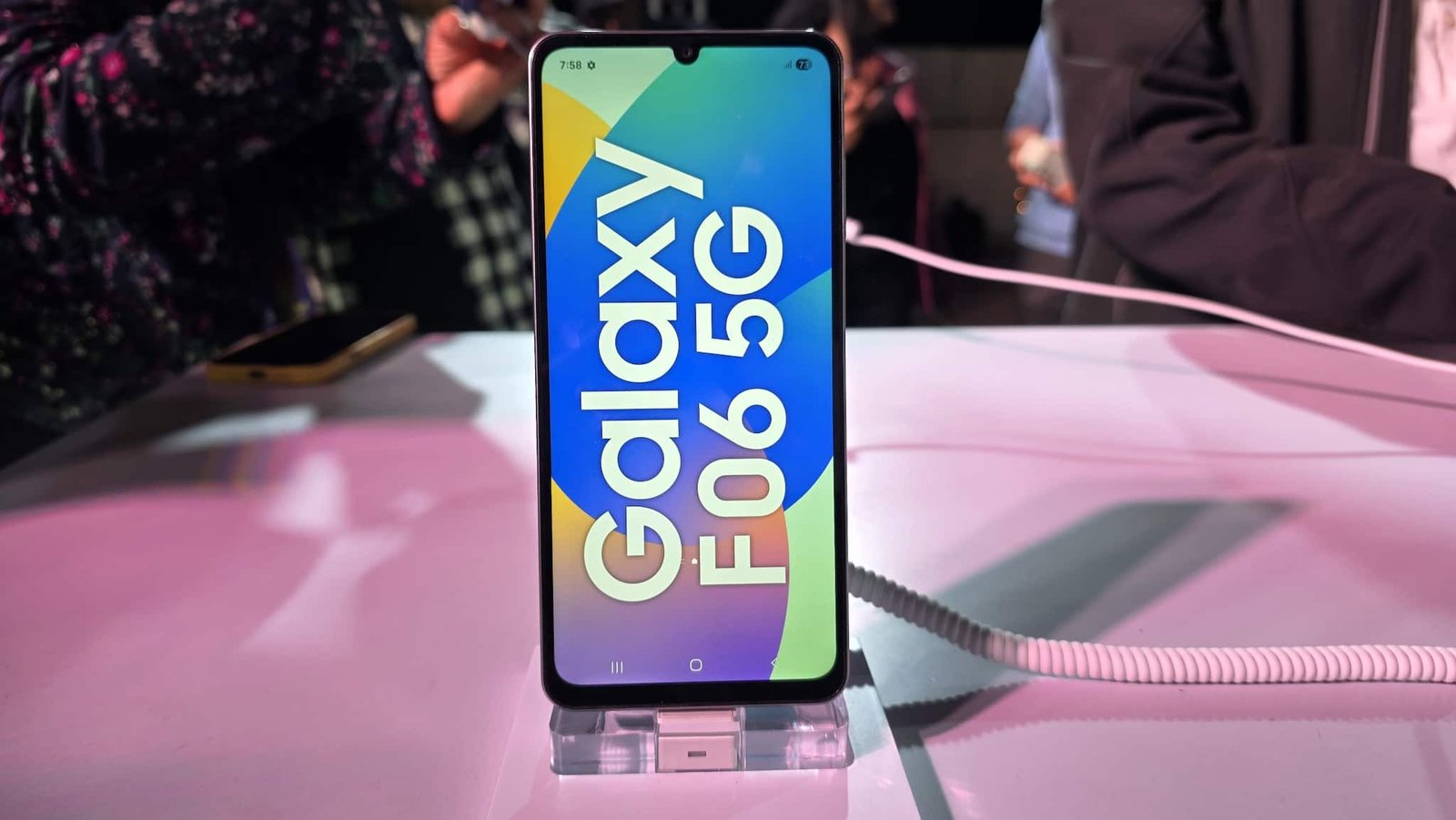Samsung bets on budget 5G smartphones to reclaim market share from Chinese rivals

South Korean giant Samsung has entered the sub-Rs 10,000 5G smartphone segment as part of its move to regain ground in India, one of the most competitive markets globally where Chinese brands like Xiaomi and Realme rule.
Tapping into the sub-Rs 10,000 5G segment could help Samsung capture an additional 3-5 percent of the market share, particularly after losing substantial volume as it struggles to keep up with Chinese rivals’ aggressive pricing, say analysts.
The price segment is crucial as it appeals to first-time smartphone buyers and those transitioning from 2G or 4G to 5G, especially in rural areas and tier-2 and 3 cities.
Akshay S Rao, General Manager of MX Business at Samsung India, is confident that India’s 5G expansion hinges on the availability of affordable smartphones, particularly in the sub-Rs 10,000 range.
“More brands will launch 5G phones in the sub-Rs 10,000 5G space… From 2G feature phones to 5G or 4G to 5G smartphones, a fairly large base of consumers in India is waiting to upgrade from older smartphones and feature phones to 5G smartphones. This is the market we want to tap with our latest F06 phone,” he told Moneycontrol.
Samsung is offering the 4GB+128GB F06 phone at an introductory price of Rs 9,499, following a Rs 500 bank discount.
“This is a fairly attractive price point. We’ve got the pricing right and the product right. Now, it’s up to the consumers to decide. We are pretty confident this should create some ripple in the market,” Rao added.
Why sub-Rs 10,000 category?
Faisal Kawoosa, founder analyst at TechArc, sees the sub-Rs 10,000 market as strategically important for Indian smartphones. A brand aiming for sustainable market leadership by volume needs to perform well in this category, he said.
“For Samsung, which has done well in the premium value market, it makes sense to strengthen its position at the opposite end. This could help them gain 3-5 percent more in volume market share. However, they would need to refine aspects like CMF to align with current style trends,” Kawoosa said.
Upasna Joshi, senior analyst at IDC, said it doesn’t make much sense for a brand like Samsung to launch devices in the sub-Rs 10,000 segment and compete with Chinese brands offering superior options.
According to IDC, the sub-Rs 10,000 segment will account for almost a quarter of India’s overall smartphone market in 2024, down from 31 percent in 2022 and 2023.
Within this segment, Xiaomi/POCO, vivo, and Realme dominate with a combined share of nearly 65 percent, while Samsung holds a mere 6 percent share in 2024.
“This segment will continue to see a decline in shipments in 2025 unless a subsidised device through a telco bundling deal is introduced. For such a device to succeed, it would need to be priced under Rs 5,000, especially for feature phone upgraders,” Joshi said. Within Samsung’s portfolio, around a quarter of shipments come from the over-Rs 30,000 price range, while less than Rs 10,000 accounts for only 10-12 percent, she said.
Although the sub-Rs 10,000 segment still holds a significant share, it has seen the most significant decline year-over-year. “Low margins and models with compromised key specs are contributing factors. Simply offering 5G technology isn’t enough to drive success,” Joshi added.
IDC data shows that in 2024, Samsung’s market share by volume fell to 13.2 percent, down from 17 percent in 2023. According to Counterpoint data, Samsung’s volume market share in 2024 also declined to 16 percent from 18 percent in 2023.
Prachir Singh, senior research analyst at Counterpoint Research, said Samsung’s value-driven strategy has limited its volume growth, while the growing demand of 5G in the sub-Rs 10,000 segment is emerging as a growth driver.
“We expect demand to increase in the sub-10K segment, driven by government initiatives aimed at boosting disposable income and consumer spending,” Singh said.
Samsung’s strong brand equity positions it well to capitalise on this trend and reclaim lost market share. The challenge lies in balancing thin margins with a high-volume strategy to ensure sustainable profitability, Singh said.









